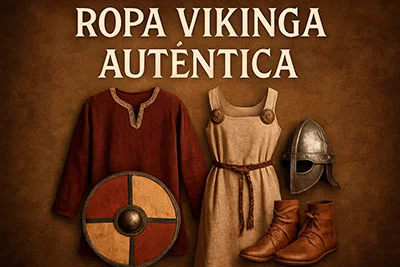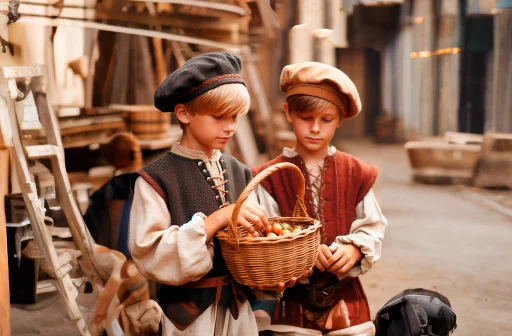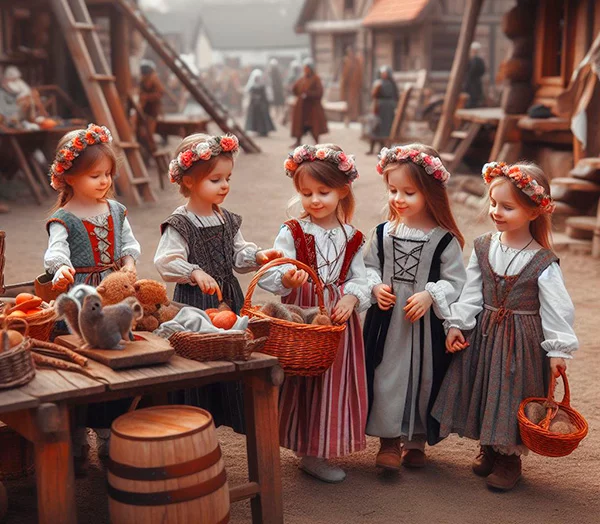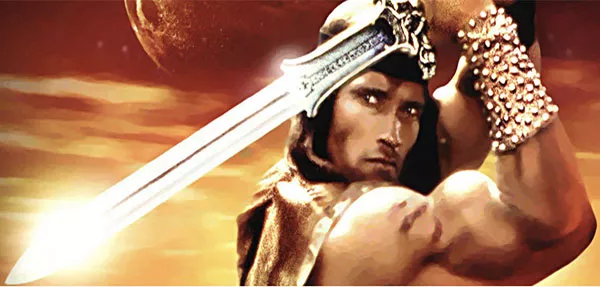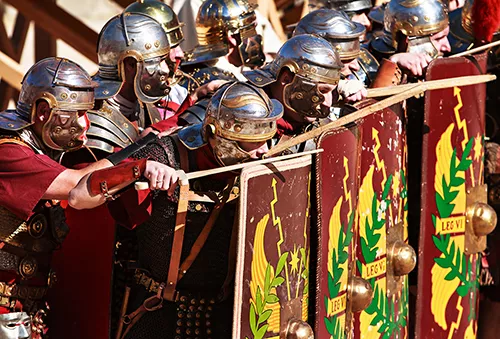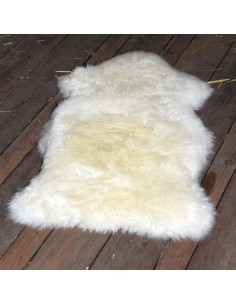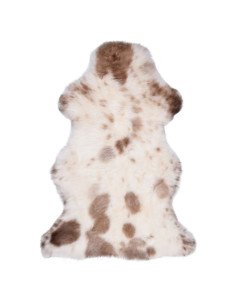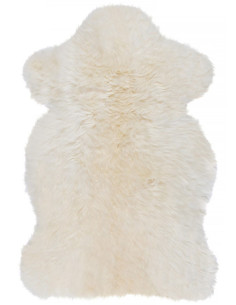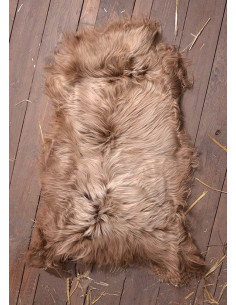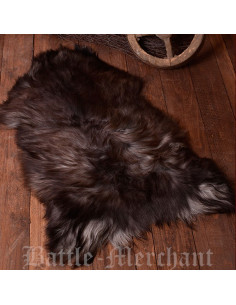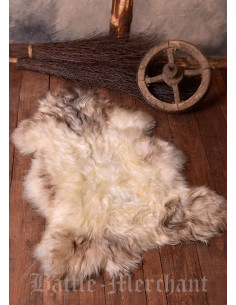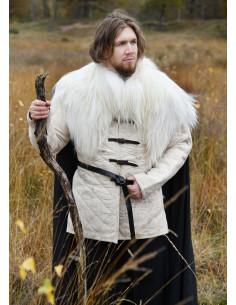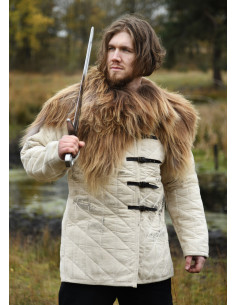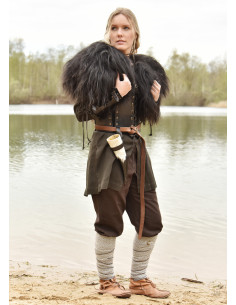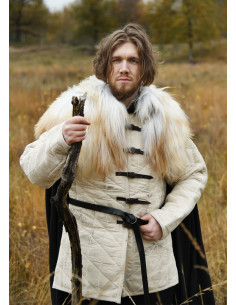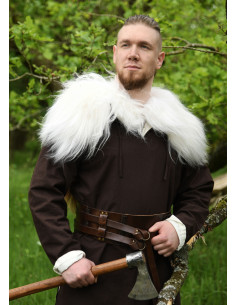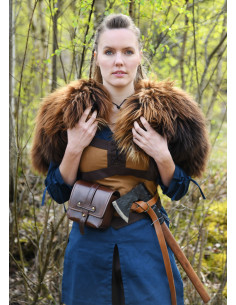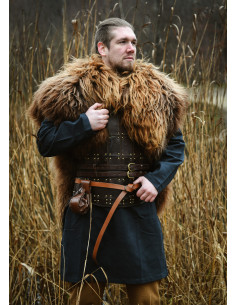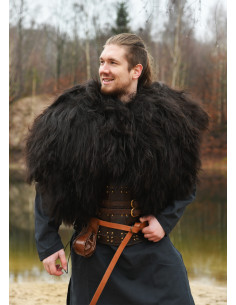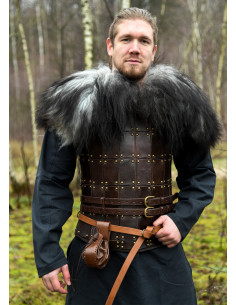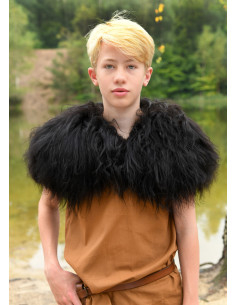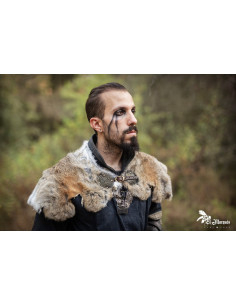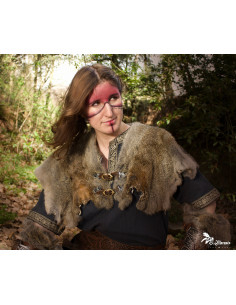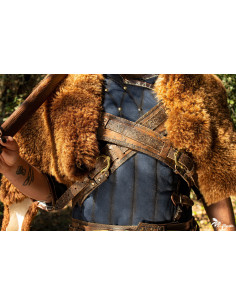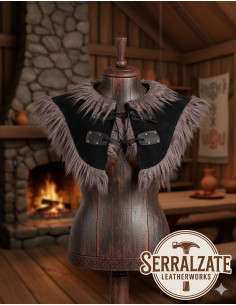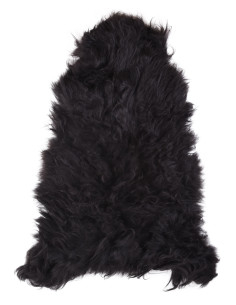skins
The Versatility of Furs in Fashion and Decoration
Furs have been a timeless material used in numerous cultures throughout history. From traditional attire to decorative elements, their versatility makes them perfect for various applications. In fashion, furs can be found in coats, ponchos, and accessories that add character and elegance, while in decoration, they provide warmth and comfort to any space.
In addition to their aesthetic beauty, furs are recognized for their durability and resistance. When chosen properly, they can offer years of use while maintaining their appearance and quality. This makes them not only a luxury item but also a long-term investment. So, if you're considering adding furs to your wardrobe or to your home decor, it's important to recognize their value and potential.
High-Quality Materials: The Secret Behind Furs
The quality of a fur is essential to ensure its longevity. Nordic furs, for example, are known for their softness and resistance, making them a popular choice for elegant garments and coats. There is also a wide variety of fur types that offer different textures and finishes, allowing designers to experiment and create unique pieces.
It is essential to consider the origin of the material when selecting a fur. Some furs, such as sheep or rabbit, are valued for their warmth and comfort, while others, like fox fur, are often chosen for their distinctive appearance. The choice of material not only impacts the final design but also the user's experience when wearing the garment or using the decorative item.
Caring for and Maintaining Furs
To keep furs in optimal condition, it is crucial to follow some care guidelines. They should be cleaned and stored properly to avoid damage over time. Using specific products for fur care is an effective way to preserve their texture and shine. Additionally, it is advisable to avoid prolonged exposure to sunlight, as this can cause fading.
If stains appear, it is recommended to clean them as soon as possible, using a soft cloth and, if necessary, products specifically designed for these materials. With proper handling, furs can maintain their beauty and functionality for many years, becoming iconic pieces in your wardrobe or home.
Furs in Culture and History
Throughout the centuries, furs have played an important role in many cultures around the world. In ancient civilizations, they were a symbol of status and wealth, used by leaders and warriors. Today, that legacy continues, and furs remain a symbol of luxury and tradition, carrying with them stories of past eras.
Moreover, the use of furs in clothing and decoration has adapted over time, evolving according to contemporary trends and values. Today, it is common to see furs in both traditional and modern contexts, showcasing how they can adapt and shine in any era. The combination of history and timeless elegance makes them a magnificent choice.
Inspiration from Medieval and Modern Outfits
The fusion of history with contemporary fashion leads to limitless creativity. Furs inspired by medieval clothing are an excellent example of how past pieces can be reimagined for the present. Medieval outfits, often adorned with furs, have evolved and been integrated into modern runways, offering an air of sophistication.
It is common for designers to take inspiration from past eras, incorporating furs into their current collections. This not only revalues the use of these materials but also allows a broader audience to appreciate their beauty and versatility. Fur, in all its forms, thus becomes a bridge between tradition and innovation in the fashion world.
What types of furs are most popular in the market?
Among the most popular furs are sheep and rabbit, valued for their softness and warmth. There are also fox and lamb furs that are highly prized in luxury fashion. Each type of fur has unique characteristics, allowing for a variety of styles and garments that cater to different tastes and needs.
Do furs require special care?Yes, furs need specific care to maintain their appearance and durability. It is essential to clean them with suitable products and avoid direct exposure to sunlight. Additionally, it is recommended to store them in a cool, ventilated place, protecting them from moisture and stains. With proper maintenance, they can last many years.
Are furs sustainable?The issue of sustainability in furs is complex. Many companies are making efforts to use furs from responsible and ethical sources. When choosing fur products, it is vital to select brands that care about sustainability and animal welfare, ensuring that the material has been obtained ethically and responsibly.
Are furs suitable for all seasons?Furs are versatile and can be used in different seasons, although they are generally more popular in cold climates due to their ability to provide warmth. However, there are lighter furs that can be worn in warmer climates, especially when combined with other materials. Thus, it is possible to enjoy their benefits year-round.
What styles of garments can I create with furs?The possibilities are endless. From coats and ponchos to capes and accessories, furs are ideal for creating unique pieces that add elegance to any outfit. They can also be incorporated into decoration, creating items like blankets or cushions that bring warmth to any environment. The key is to explore different combinations of furs and styles.
Are furs suitable for wearing at formal events?Absolutely. Furs are synonymous with luxury and sophistication, making them an excellent choice for formal events. They can add a touch of elegance to any outfit, whether in the form of coats or accessories. Many designers include furs in their haute couture collections, reaffirming their status in the fashion world.
Are furs suitable for people with allergies?This can vary depending on each person's sensitivity. Some individuals may be allergic to certain types of furs or treatments applied to them. It is advisable to test before making a purchase, and to choose fur products that have not been treated with harsh chemicals. Consulting a specialist can be helpful for making informed decisions.
Discover the elegance and versatility of furs in our online store. We offer a variety of options that suit your style and needs. Don't miss the opportunity to incorporate these unique pieces into your wardrobe or home decor. Visit us and be surprised!

